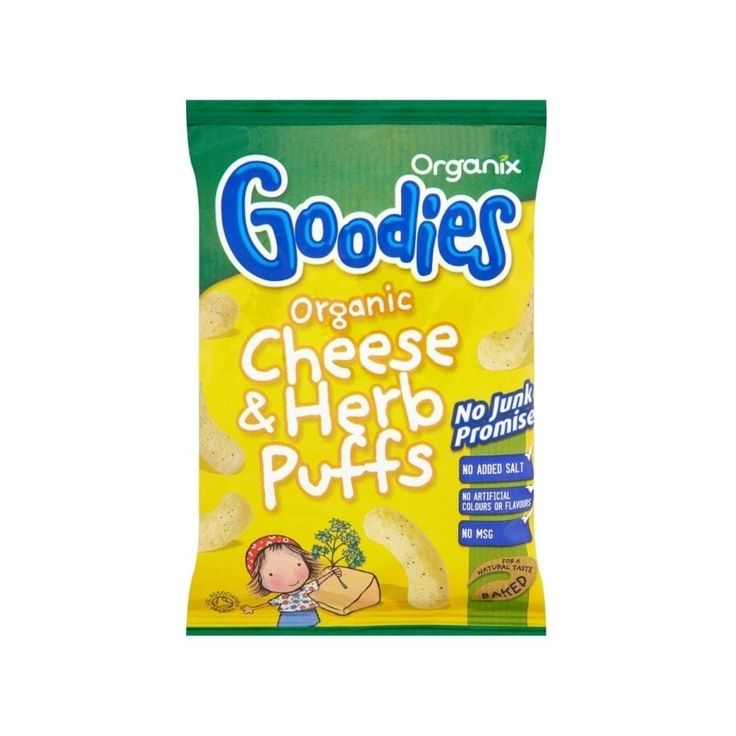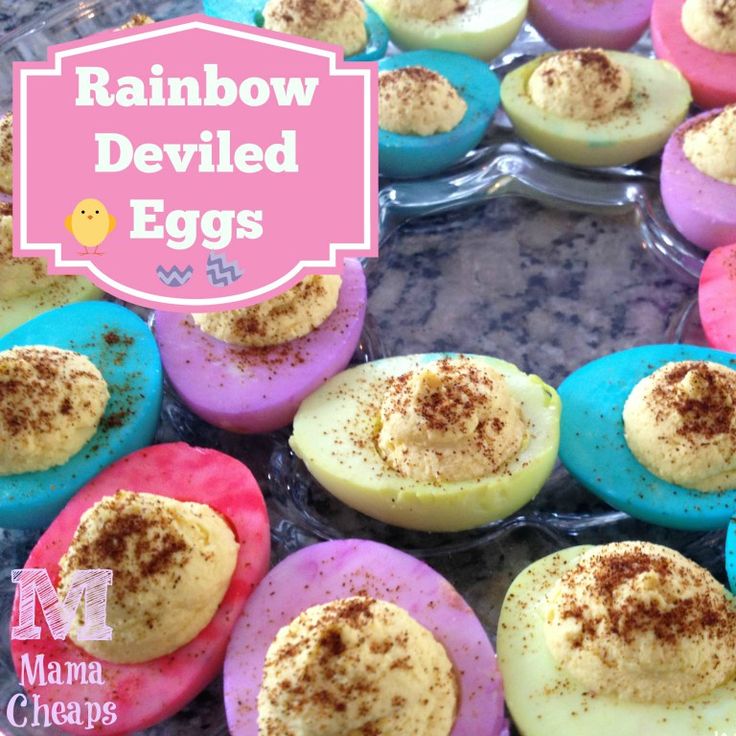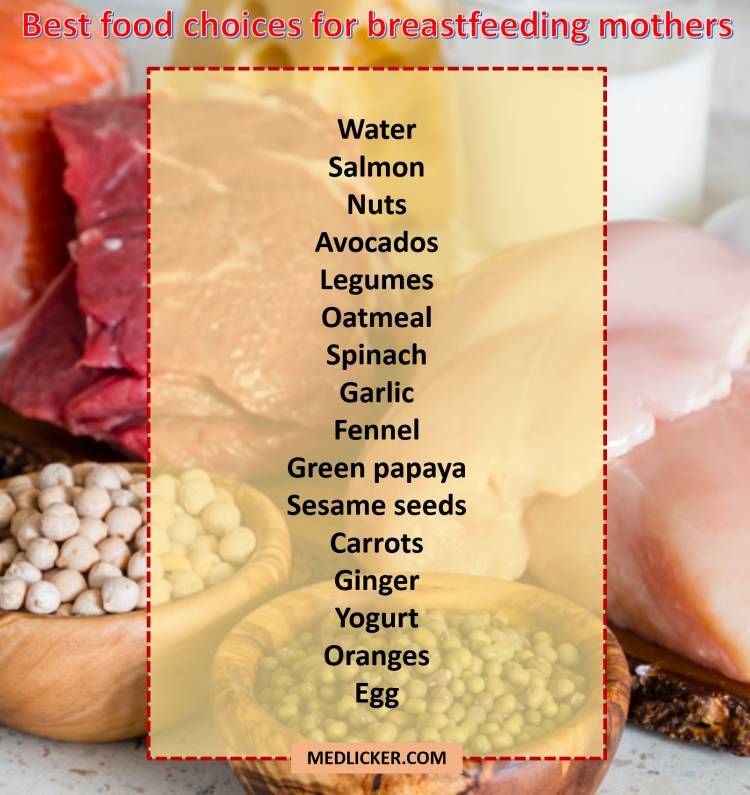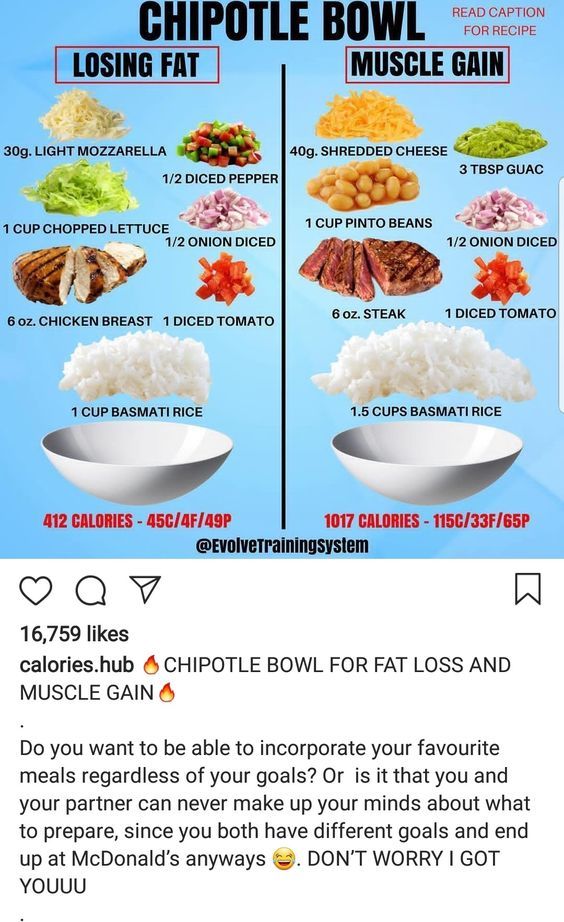Feeding baby cheese puffs
When Can Babies Eat Cheerios, Puffs, & Other Foods Safely - Answered!
Parents are often wondering, “When can babies eat cheerios?” Or, puffs, toast, cheese, watermelon, and banana. Learn when so you can feed your baby safely!
When I was a first-time mom, I was ecstatic when it was time to start feeding my son real food. But, since I’d fed a lot of other babies as a feeding therapist, I knew that there were some serious nerves around the corner.
Even though my son was gobbling down smooth baby food, I wasn’t quite sure what he’d do the first time he had food that he actually had to chew before swallowing. He could gag (which isn’t as bad as it sounds, but terrifies us as parents. See baby gagging for more info)! Or worse, start to choke on it. Would I remember how to do the CPR training that I’d been certified to do correctly?
I’m not trying to freak you out, I tend to think of the worst case scenario before I do anything that’s new.
Fortunately, while my mommy brain was in overdrive, my occupational therapist brain knew that it would likely only have a negative effect on my son’s future eating if I just waited until I felt 100% comfortable to start giving him puffs, cheerios, or other foods that we tend to wonder if our babies can handle safely. Of course, that doesn’t mean that there isn’t an ideal time to feed your baby cheerios or puffs.
The key is knowing when so that you can confidently give your baby the foods you’re so excited (and nervous) to start feeding them. Let’s dive into the foods that you’re wondering about the most…
When Can Babies Eat Cheerios?
I think cheerios are the quintessential finger food for baby, they were in large part the first and most common food that my generation was given as young babies and toddlers. And, while cheerios are still appropriate, there are a few things you’ve got to know first.
As a pediatric OT, cheerios are NOT the first finger food I recommend that parents give their baby.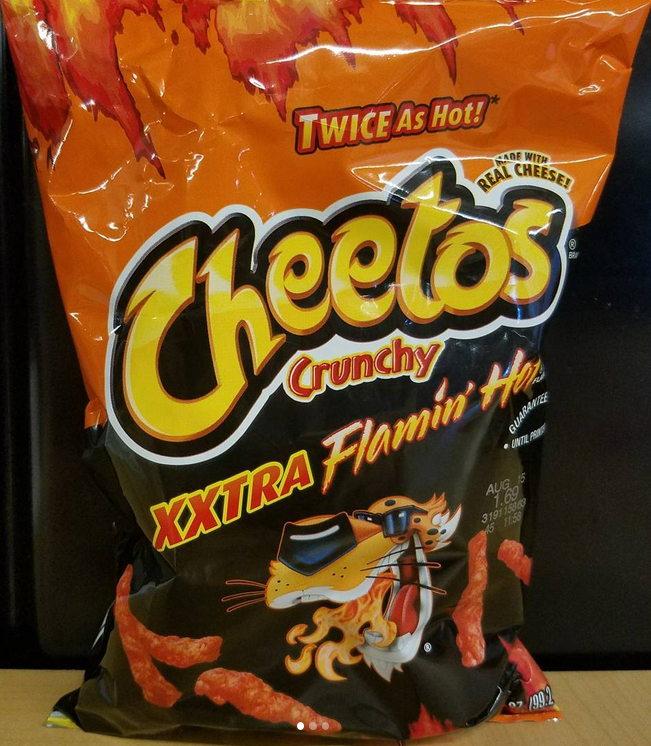
While they are great for being picked up easily, they don’t dissolve quickly. A baby, ideally, should munch up and down (with or without teeth) to mash up the cheerio. It will eventually dissolve, but usually long after a baby has attempted to swallow it.
This is why babies can eat cheerios sometime between 9-12 months.
When exactly, all depends on what other finger and table foods your baby is already eating. Long before they have cheerios, I want to make sure babies can eat foods that dissolve quickly like graham crackers and puffs. I also want babies to be eating some soft foods well too. Occasional gagging is normal, but persistent gagging that gets in the way of your baby being able to eat is an indicator that they aren’t ready to eat cheerios yet.
Just to be clear… when can your baby eat cheerios? When they:
-
- Are typically in between 9-12 months old
- Already safely eating a variety of other foods well
- You witness their jaw munching up and down when they eat other foods
- Can pick up the cheerios with a pincer grasp (that’s using their index finger and thumb together).
 Head to how to teach your baby to self-feed to learn more.
Head to how to teach your baby to self-feed to learn more.
When Can Babies Eat Puffs?
Puffs, and there are a wide number of brands that sell them now, are my preferred very first finger food for baby. For those of you following a Baby Led Weaning (BLW) approach, that will contradict what you’ve learned. You can read why I think so in Pros and Cons of BLW.
I have given puffs to all three of my children as their very first finger food around 7-8 months old, but your child may not be ready until around 9 months old.
Again, more important than the age, are signs that they are ready. Here’s how you’ll know when your baby can eat puffs:
-
- Able to sit independently
- Demonstrates munching up and down either when watching you eat, on teethers, or their baby food
- Usually between the ages of 7 and 9 months, although it varies from baby to baby
If you’re skittish about starting your baby on puffs, it’s always a good idea to talk to your pediatrician first.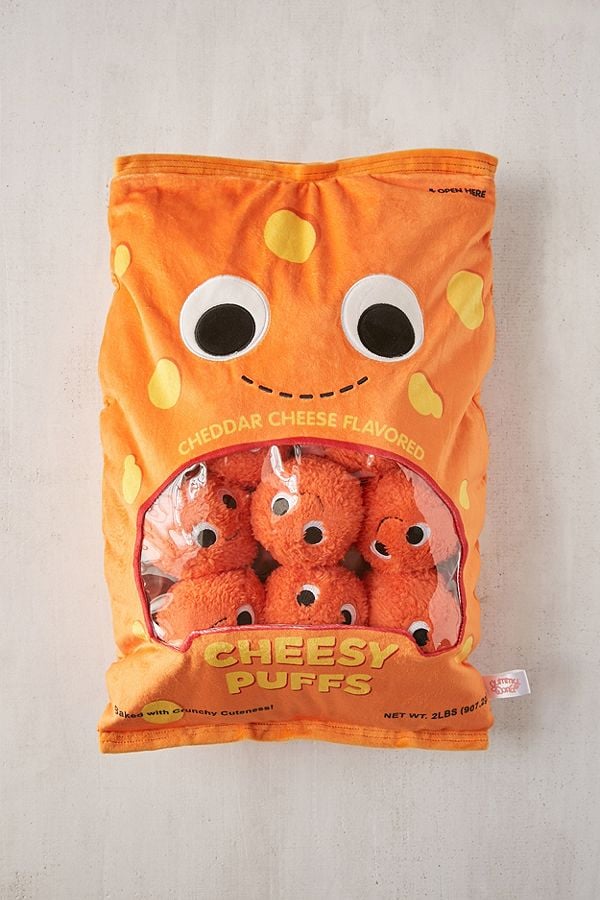 One of the benefits of puffs, and why I love them for babies, is because they dissolve fast in saliva. That means if your baby gets a piece into their mouth and doesn’t know what to do, it will melt into a goo they can swallow with little effort.
One of the benefits of puffs, and why I love them for babies, is because they dissolve fast in saliva. That means if your baby gets a piece into their mouth and doesn’t know what to do, it will melt into a goo they can swallow with little effort.
Want a whole guide on how to introduce your baby, step by step, to table foods? Head over to How to Introduce Table Foods to Babies and Toddlers.
*Learn 5 Big Mistakes that Parents (Unknowingly) Make When Feeding Their Baby or Toddler Table Foods in my free workshop. And, learn what to do to help them eat well!*
When Can Babies Eat Toast?
Another classic finger food for babies! Toast is a great food to give babies and it’s easy to top with lots of healthy and different spreads. Think avocado, cream cheese, or even a nut butter. (Yes, babies can have nut butters, but double check with your doc’s advice and spread it thin.)
Like cheerios, toast also requires some more chewing, which means your baby has to have some skills. Toast cut into squares or strips are great for babies that are managing puffs, graham crackers, and soft foods like cubed avocado well. This is usually around 9-12 months old. When you do, give your baby toast for the first time, look for them to be chewing well with a clear up and down motion.
Toast cut into squares or strips are great for babies that are managing puffs, graham crackers, and soft foods like cubed avocado well. This is usually around 9-12 months old. When you do, give your baby toast for the first time, look for them to be chewing well with a clear up and down motion.
When Can Babies Eat Grapes, Blueberries, and Cherry Tomatoes?
Oh, the round foods that can be a serious choking hazard. These foods may be scary, but when they are cut in half (blueberries) or quartered (grapes and cherry tomatoes), babies are able to eat them safely also around 9-12 months old. The skin on cherry tomatoes and grapes can be a little tougher, and some parents prefer to skin them.
Your baby will likely be ready to handle these foods when they are eating a variety of different textures, but it may be hard for them to pick up, which may mean you’ll have to wait to a little longer.
When Can Babies Eat Watermelon?
This is another one of my favorite first finger foods for baby, right after they’ve mastered those graham crackers and puffs. Cut the watermelon into small cubes and watch with delight as the juice runs down all over their adorable little chin.
Cut the watermelon into small cubes and watch with delight as the juice runs down all over their adorable little chin.
Babies can often start eating watermelon between 7-10 months old.
When Can Babies Eat Banana?
Once babies are eating watermelon well, they can often handle banana. Just keep a lookout that the pieces aren’t too big or that they aren’t showing too much food into their mouth at once because banana can clump together.
Bananas are often thought of as a good choice for a first finger food because it’s soft and babies can chew it easily, but sometimes it’s too mushy for them to understand how to chew it. That’s another reason I like starting out with crunchy foods that melt first.
Look for your baby to manage bananas around 7-10 months old. You may even want to try this healthy pumpkin banana bread recipe!
When Can Babies Eat Cheese?
Cheese is obviously dairy and it seems contradictory that babies can eat it when they aren’t allowed cow’s milk until age 1, but the protein structure is different so pediatrician’s give it the green light before 12 months old.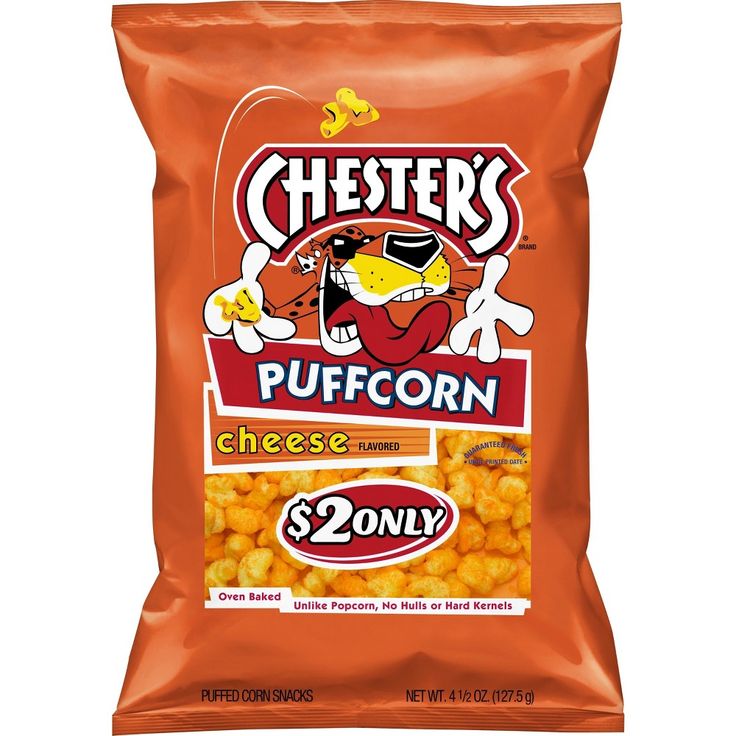 Cheese that’s a bit softer, like from a brick of mild cheddar or provolone, is a great starting place if you’d like to introduce it.
Cheese that’s a bit softer, like from a brick of mild cheddar or provolone, is a great starting place if you’d like to introduce it.
When your baby is eating the melt-able crackers, watermelon, and banana without frequent gagging and with a munching up and down, they are often ready to handle cheese that’s cut into cubes.
This is usually around 8-10 months old.
Affiliate links used below. See our full disclosure.
My Favorite First Table Foods for Babies
Knowing what other foods you can give your baby can seem daunting, which is why I have an awesome Mega List of First Table Foods for you, and as your baby is getting a little older a Baby and Toddler List of Meal Ideas. Not to mention that you can also snag up a handy printable with many of the ideas to stick on your fridge for quick reference!
Get the Free Printable Here!
But, I wanted to give you some of my favorite first finger foods that work as well as puffs, in case you were looking for some other options:
-
- Plum Organics Teething Wafer
- Lil’ Crunchies Baked Corn Snack (think a vegetable cheese curl)
- Happy Baby Yogurt Melts
- Happy Baby Rice Husks
Tips for Giving Your Baby Food for the First Time
There are a couple of misconceptions floating around out there about when and how to feed your baby, especially as you’re giving them foods for the very first time.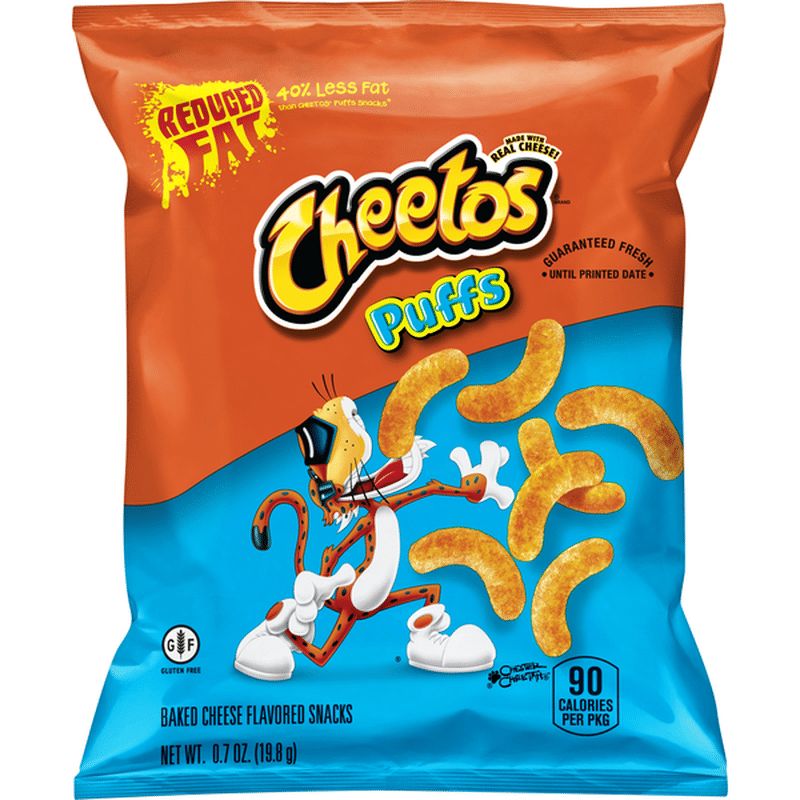 I want to debunk a couple of those myths so you can feel good about teaching your baby how to eat:
I want to debunk a couple of those myths so you can feel good about teaching your baby how to eat:
-
- Babies DO NOT need teeth to eat – Sure, if your 9 month old were having a steak, some molars might come in handy, but babies were designed to use their powerful gums to plow through all the foods you found listed here and many more.
- Gagging is normal – Gagging and choking are two different things. Gagging happens when a food hits their gag reflex, when they weren’t expecting it to. Most of the time, they recover the food and are able to swallow or spit it out. Also, some gagging occurs as a response to a texture, taste, or smell they don’t like. That has to do with sensory aversions to food.
- If they aren’t eating, just wait, they’ll grow out of it – Unfortunately, this is sometimes the advice given by professionals. As a feeding therapist, I’ve seen small issues snowball into something much bigger many times. If you have any doubts head to feeding therapy information on how to get some professional help.
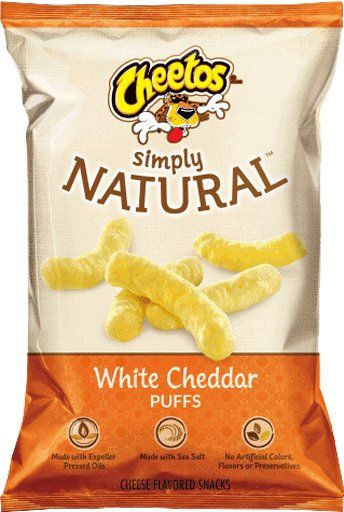
Also, check out my free online workshop: 5 Big Feeding Mistakes That Are Stopping Your Child From Learning to Eat Table Foods to help you start taking the right steps to getting your kiddo eating well. Click here to get a free seat!
Lastly, remember to be patient. You may feel edgy and anxious as you watch those first bites and tastes. Giving your baby finger foods is a transition that takes time. Some meals won’t go well, that’s okay.
Don’t Forget Your Free Printable
Now that you’ve got a great guideline on when to start your baby on different foods, make sure you grab your free printable with a huge list of table food ideas and meals that are specifically designed for babies and toddlers! Get it here.
More on Feeding Babies
What to Do When Baby Won’t Eat Solids: 7 Simple Steps
Ultimate List of Mealtime Must-Haves for Baby
Introducing Baby Food: Everything You Need to Know
How to Wean Baby From Bottle
Did you pin this?
You’ve got to admit this is some important stuff.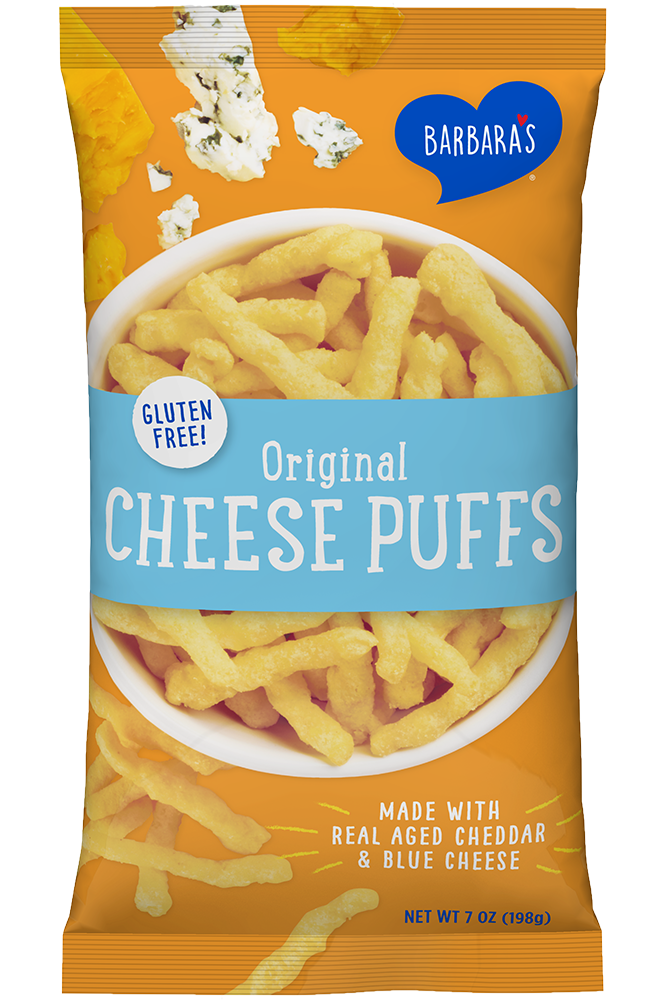 Pin this on your baby or parenting board so you can reference it later!
Pin this on your baby or parenting board so you can reference it later!
Alisha Grogan is a licensed occupational therapist and founder of Your Kid’s Table. She has over 14 years experience with expertise in sensory processing and feeding development in babies, toddlers, and children. Alisha also has 3 boys of her own at home. Learn more about her here.
Buying Guide: Best Baby Puffs 2022 (plus 9 feeding tips)
Baby puffs are one of the most convenient and common finger foods offered to your baby. In this guide, you will find feeding tips for baby puffs and our recommendations for the best baby puffs, baby teethers, toddler puffs, and snacks.
Medically reviewed and co-written by Jamie Johnson, Registered Dietitian Nutritionist (RDN), and Lauren Braaten, Pediatric Occupational Therapist (OT).
Baby Puffs
In an ideal world, we’d all find an extra 10 hours a week to devote to planning, shopping, preparing, and cooking delicious, homemade snacks for our babies and toddlers. (We’d probably use a few hours to sneak in a nice long nap for ourselves, too.) In the meantime, we’ll settle for occasional help from store-bought baby puffs and toddler snacks.
(We’d probably use a few hours to sneak in a nice long nap for ourselves, too.) In the meantime, we’ll settle for occasional help from store-bought baby puffs and toddler snacks.
Although baby puffs are obviously not something you’ll be buying your little one forever and are by no means a must-buy product, they can serve some valuable purposes. First, baby puffs are a (mostly) mess-free snack. Baby puffs are perfect when traveling on vacation or out and about on a busy weekend.
Second, baby puffs can be a great short-term “tool” to help your baby work on the skills needed for chewing. And third, puffs can help baby develop their pincer grasp (the ability to pick up small objects using the thumb and index finger), which helps with fine motor skills and self-feeding.
Just starting finger foods with your baby? Then, I would suggest that you start by reading my very in-depth guide – The Ultimate Guide to Fingers Foods, which goes over all the important information such as choking vs.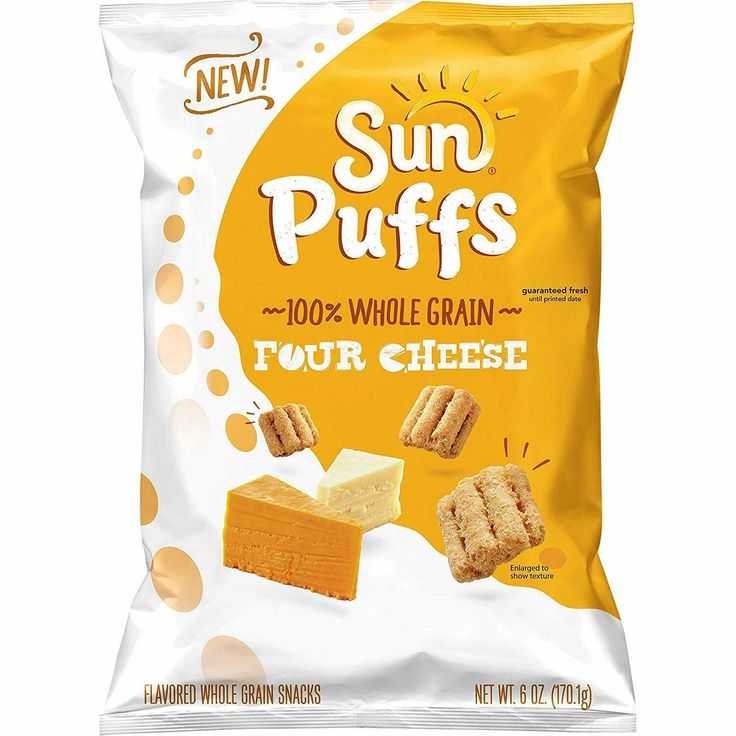 gagging, sample feeding schedule, helpful tools, how to teach baby to chew, has over 80 simple recipes and much much more! You can also check out my best-selling cookbook for even more information and recipes!
gagging, sample feeding schedule, helpful tools, how to teach baby to chew, has over 80 simple recipes and much much more! You can also check out my best-selling cookbook for even more information and recipes!
Reasons to Love Baby Puffs
- Incredibly convenient to take on-the-go
- Helpful tool for teaching baby the skills needed for chewing
- Dissolve easily, making them a good first food with a lower risk for choking
- Help promote a pincer grasp for more independence with self-feeding and fine motor skills
- Available in a range of fun shapes and flavors
Nutritional Benefits of Baby Puffs
Puffs consist mainly of air, so they aren’t the most nutritious food on the block, however, they do provide some nutrients, which will vary from brand to brand.
- Depending on the brand, puffs may be fortified with different vitamins and minerals, including iron, zinc, vitamin D, choline, vitamin B12, etc.
- Depending on the type of grains, fruits, and vegetables used, there will be some vitamins and minerals from those foods in the puffs.
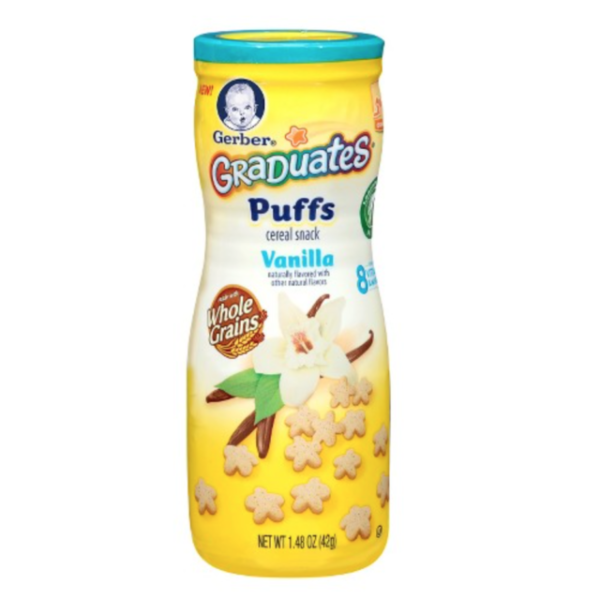
- The main macronutrient found in puffs is carbohydrates, which are an important source of energy.
- Puffs can help baby master the pincer grasp, which is important in self-feeding.
Frequently Asked Questions
At what age can your baby have puffs?
Babies can typically start to pick up puffs once their pincer grasp has developed, usually around 8-9 months.
Are baby puffs a choking hazard?
Technically, babies can choke on anything, however, baby puffs are designed to melt in their mouths very quickly so pose little risk of choking.
Can toddles have puffs?
Sure, toddlers can have puffs, but I wouldn’t make a habit of it since you don’t want puffs to replace other solid foods that will have more nutritional value and are more age-appropriate for toddlers. Being too reliant on puffs can put babies and toddlers at risk of nutrition deficiencies since they do not provide a whole lot of nutrition overall.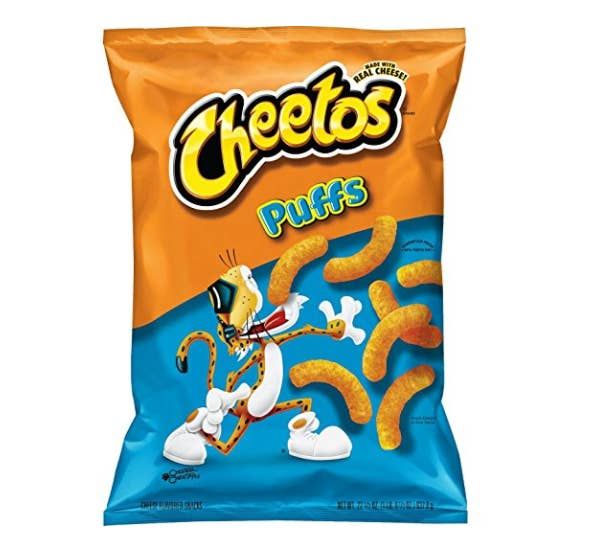
Do puffs have to be organic?
Puffs certainly do not have to be organic but if you are worried about exposure to pesticides, choose organic. If you’re worried about arsenic in rice, unfortunately, organic puffs will not have any less arsenic in them.
Baby Puffs Storage
Puffs seem to stay freshest the longest by storing them in an air-tight container. Many brands that come in resealable bags don’t always close properly, so it’s best to transfer them to a reusable container with a tight seal.
Puffs Feeding Tips
- Serve a small amount at a time so baby does not shove too many in her mouth at once.
- Vary the type of puffs you buy to get a variety of nutrients and flavors.
- Make sure to buy puffs made from a variety of grains, not just rice, to help prevent too much exposure to arsenic.
- Look for puffs made without added sugar.
- Don’t serve them at every meal and snack so baby does not start to rely too heavily on them.

- You can also soften puffs with breastmilk or formula and spoon-feed to baby.
- Crumble them into a fine powder and roll harder to grasp fruits or veggies in them (such as avocado slices)
- Use them to introduce new foods, such as spreading a very thin layer of nut butter on teether wafers. Or serve larger puffs, such as Gerber Lil’ Crunchies with hummus or lentil puree for dipping.
- Even though puffs melt easily in the mouth, stay in the habit of serving them only when your little one is sitting at the table and you can supervise them.
Rice has the potential to be higher in arsenic than other grain-based puffs, which is why we recommend serving rice-based baby puffs only occasionally.
Happy Baby Organics Superfood Puffs
Happy Baby Organics are made with non-GMO ingredients grown without the use of toxic persistent pesticides. These Superfood puffs are USDA organic and fortified with 25 mg of choline to support eye and brain health.
- Made with strawberry and beet powders
- Enriched with vitamins and minerals
- Lightly sweetened with real fruit juice concentrate
Amazon
Target
Walmart
Gerber Organic Puffs
These puffs are made with non-GMO ingredients and have 2 grams of whole grains per serving. They contain 10% daily value of vitamin E, choline and iron.
- Certified USDA organic
- Contains no artificial flavors or sweeteners
Amazon
Walmart
Plum Organics Super Puffs
Plum Organics makes a variety of puff flavors, including apple with spinach, strawberry with beet and blueberry with purple sweet potato. Made with BPA-free and recyclable packaging.
- USDA certified organic, non-GMO ingredients
- No artificial flavors or sweeteners
Amazon
Walmart
Rice Alternative Baby PuffsIf you are looking for alternatives to rice-based puffs, you’ll find plenty of options made from corn flour, cornmeal, cassava root flour, and whole-grain sorghum.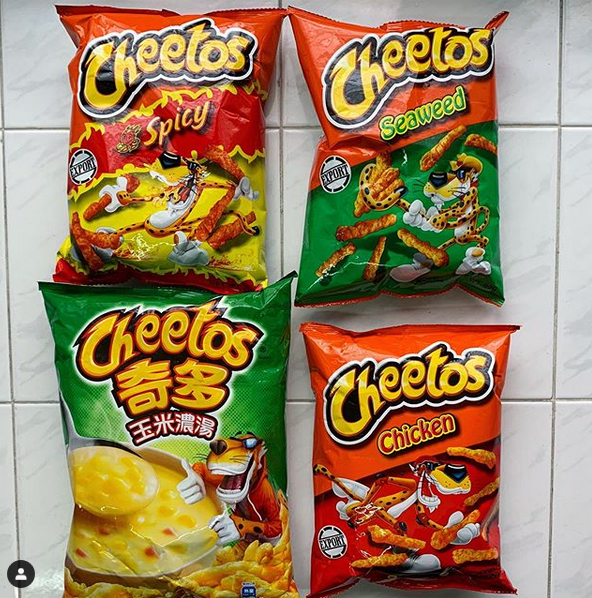
Baby Bellies Organic Puffs
These deliciously crisp organic puffs are ideal for first stage snacking. Available in blueberry and apple cinnamon flavors.
- Certified organic
- Gluten, dairy, soy, peanut and nut free
- Single serve packs are perfect for on-the-go snacking
View Product
Serenity Kids Grain Free Puffs
Grain and rice-free puffs made from cassava root flour. These savory blends come in a range of flavor combinations, such as carrot and beet, sweet pepper and basil, and tomato and mushroom.
- Made with 0 grams of sugar and olive oil for healthy fats
- Certified Organic & Non-GMO Project Verified
- A family-owned company
Amazon
Kabrita Snack Puffs With Goat Cheese
These tasty and all-natural puffs are made with the goodness of goat cheese. Made with organic corn and gluten-free.
- No added sugar
- Free from preservatives, hormones, artificial colors or flavors
- 2 grams of protein per individual bag
Amazon
Sprout Organic Plant Power Baby Puffs
These puffs are rice, wheat, and corn-free. Made from organic whole grain sorghum, available in carrot mango, apple kale, and maple cinnamon flavors.
Made from organic whole grain sorghum, available in carrot mango, apple kale, and maple cinnamon flavors.
- No added sugar
- USDA Certified Organic, non-GMO, and no artificial flavors
- Packaging is 100% BPA-Free and Recyclable
Amazon
Baby Puffs with Nuts
Puffs made with peanuts or tree nuts are an easy way to introduce your baby to these common allergens. Pediatricians recommend introducing these allergens shortly after your baby starts solids — as early as 4 to 6 months.
Puffworks Baby Organic Peanut Butter Puffs
These peanut butter puffs are made with simple ingredients. Comes in perfectly sized bags to take on-the-go.
- Low sodium
- Zero grams added sugar
- USDA Organic Certified, Non-GMO Project Verified, Gluten-Free and Kosher Certified
Amazon
Puff Works
Mission MightyMe Organic Proactive Peanut Puffs
These peanut puffs are made with more than 50% organic peanuts. The co-founder of the Mission MightyMe brand led the LEAP Study. This study found that starting babies on peanut foods as early as 4-11 months, and continuing until age 5, could reduce the risk of developing a peanut allergy by up to 86% for high-risk infants.
This study found that starting babies on peanut foods as early as 4-11 months, and continuing until age 5, could reduce the risk of developing a peanut allergy by up to 86% for high-risk infants.
- No corn, added sugar, palm oil, preservatives or anything artificial
- Gluten-free, vegan and kosher
- Note that these puffs are also made with organic rice flour
Amazon
SpoonfulONE Food Allergen Introduction Puffs
SpoonfulONE products were designed to make the inclusion of multiple foods in a baby’s diet gentle and sustainable. Small amounts of common allergenic foods are included in each product to be small, yet impactful enough for your baby’s earliest feedings.
- Includes exposure to common allergenic foods like peanuts, egg, cow milk, tree nuts, wheat, shellfish, fish, and soy
- Free from artificial colors, flavors, or preservatives
- Note that these puffs are made with rice flour
- Please note that if your baby has a reaction to these products, it may be hard to determine which allergen is causing a reaction
Amazon
Target
Earth’s Best Organic Peanut Puffs
These puffs from Earth’s Best Organic include 3 grams of protein per serving and are made with just 5 ingredients.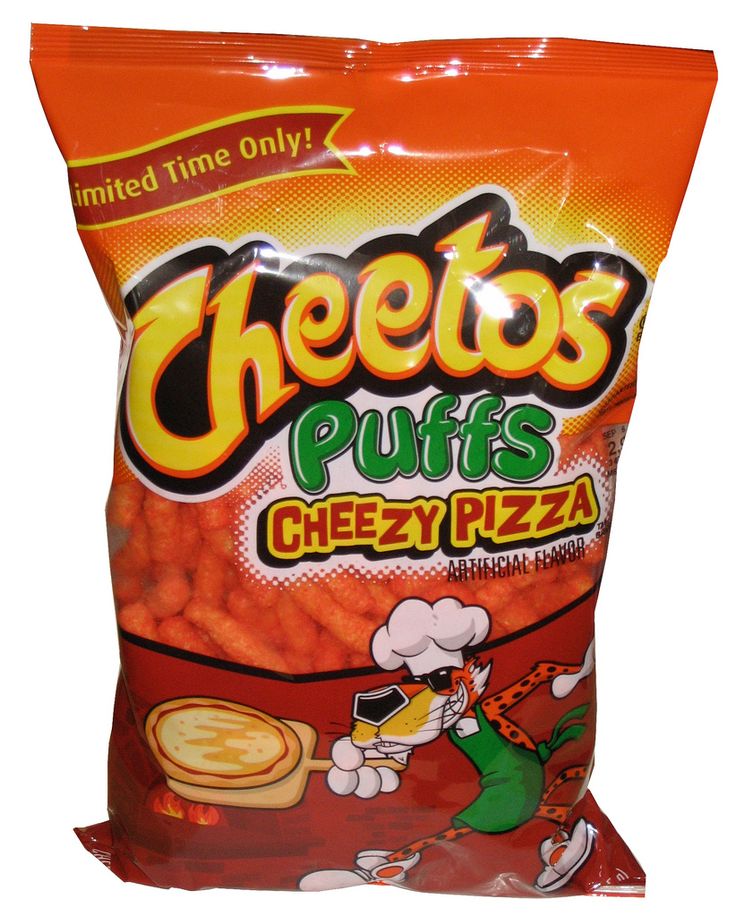 USDA Certified Organic and Non-GMO Project Verified.
USDA Certified Organic and Non-GMO Project Verified.
- No artificial flavors, colors or preservatives
- Gluten-free
- Recommended for toddlers 2 years and older
Amazon
Target
Baby Teethers, Melts & More
Teether wafers and stick-shaped melts are a great option for younger toddlers who want to be more independent with self-feeding. Baby teethers and melts are larger than traditional, smaller puffs and help toddlers with grasping the food on their own.
Baby Bellies Lentil Wheels
These crunchy organic lentil and corn snacks are sprinkled with beetroot and strawberry powder for a handy on-the-go snack. These multigrain snacks are ideal for second-stage snacking.
- Soft shapes are perfect for older babies 10+ months to hold in their little hands
- Certified Organic
- Made with organic red lentil and yellow corn flour. Note that organic rice flour is also included further down on the ingredient list.
Amazon
Happy Baby Organics Yogis Freeze-Dried Yogurt & Fruit
Happy Baby Yogis are melt-in-your-mouth, freeze-dried yogurt drops that provide babies and toddlers with a delicious snack that you can feel good about! Made with wholesome yogurt and organic fruit purees.
- Gluten-free
- Certified USDA organic, made with non-GMO ingredients grown without the use of toxic persistent pesticides
- BPA, BPS, and phthalate-free packaging
Amazon
Target
Gerber Organic Teethers
These teething wafers are for ages 7+ months and have an easy-to grip design for babies who can pick up foods and are learning to self-feed. A yummy way to help soothe your baby’s teething gums.
- 4 grams of whole grains and 2 grams of protein per serving.
- Non-GMO and Certified Organic with no artificial flavors, colors or preservatives
- Note that these are made with rice flour
Amazon
Walmart
Baby Gourmet Organic Freeze-Dried Banana Beetberry Snacks
Mushies are easy to grab, melt in your mouth freeze-dried fruit snacks made of pure goodness! The banana beetberry flavor tastes like sweet banana and blueberry. Yum!
- No added sugar, gluten-free, non-GMO, no artificial colors or flavors, source of vitamins
- BPA-free packaging and kosher.

- CLEAN LABEL PROJECT PURITY AWARD WINNER – minimal ingredients and rigorous testing ensures the highest product purity and value
Amazon
Happy Baby Organics Teether Wafers
These teether wafers are the perfect first snack for your baby’s developing gums. Easily dissolving, organic teething wafers are made with jasmine rice flour, organic fruits, and veggies and contain no artificial flavors.
- Certified USDA organic
- Easy to hold and dissolve
- Although they are made with minimal ingredients, that does include rice flour
Amazon
Target
Walmart
Toddler Puffs and Snacks
For the toddler stage, it’s nice to have quick and (mostly) mess-free options. Toddler puffs and snacks can be helpful for busy parents, just try to use these products sparingly. These products should not be a regular substitute for other solid foods that have more nutritional value for toddlers.
Sprout Organic Curlz Toddler Snacks
Sprout Organic Curlz are the FIRST plant-powered snack for toddlers, made from organic chickpeas and lentils and baked to perfection with savory broccoli.
- Available in three flavors: Broccoli, White Cheddar, and Sweet Potato & Cinnamon
- Baked and preserved only with organic rosemary (does not affect flavor)
- USDA Certified Organic, non-GMO, and contains nothing artificial
Amazon
Target
Baby Gourmet Organic Puff Snacks – Carrot Sticks
Plant-based carrot “puff” sticks are full of protein, iron, vitamins, and minerals as well as probiotics to support gut health. Made with red lentil and chickpea flour.
- Free from most allergens and no artificial preservatives
- No added sugar or salt, non-GMO, gluten-free, BPA-free packaging, and 1 billion probiotics per serving.
- CLEAN LABEL PROJECT PURITY AWARD WINNER – minimal ingredients and rigorous testing ensures the highest product purity and value
Amazon
Gerber Organic Lil’ Crunches
This baked snack will melt in your baby’s mouth with a flavor they’ll love. They’re quick dissolving and come in the perfect size for tiny hands.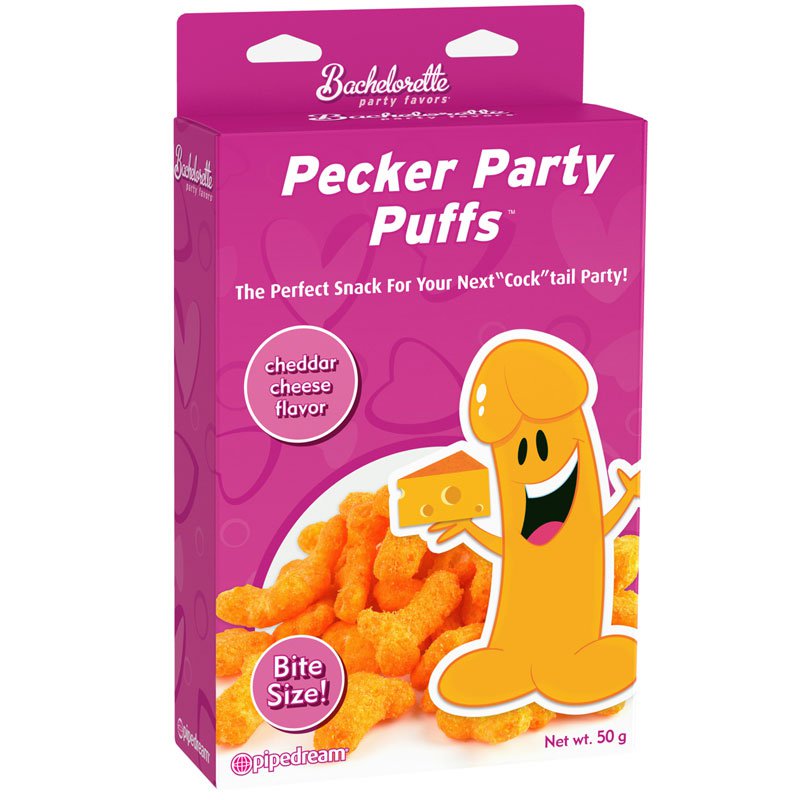
- Made with real navy beans and 2 grams of protein per serving
- An ideal snack for an baby learning to self-feed, 8 months and up
- No artificial flavors or artificial sweeteners, non-GMO
Amazon
Walmart
Target
LESSEREVIL Organic Sweet Potato Apple Lil’ Puffs
These tasty little puffs are made with a base of organic cassava flour, coconut oil, and an organic protein blend, making them a treat that you can feel good about serving.
- Certified Organic, gluten-free, and non-GMO project verified
- Low sugar and grain-free
Amazon
Walmart
Earth’s Best Toddler Baked Corn Organic Puffs
These veggie puffs are made with organic ingredients grown from the earth – no artificial flavors, preservatives or potentially harmful pesticides.
- Made with simple ingredients, including 6 kinds of organic veggies and real organic cheddar cheese
- Certified USDA organic, gluten-free and non-GMO project verified
Amazon
Target
Walmart
Happy Tot Organics ABC Multi-Grain Cookies
These multi-grain alphabet snacks deliver organic ingredients and 160 mg of Omega 3 (ALA). Featuring alphabet letters, these toddler snacks are a yummy, creative way to learn ABCs.
Featuring alphabet letters, these toddler snacks are a yummy, creative way to learn ABCs.
- Delicious cinnamon, sweet potato and flaxseed flavor
- Certified USDA organic, non-GMO ingredients grown without the use of toxic persistent pesticides and in packaging made without BPA, BPS, or phthalates
- Note that these are made with brown rice flour, in addition to buckwheat and oat flours
Amazon
Target
Walmart
90,000 curd basket with a salad, a step -by -step recipe for 191 kcal, photo, ingredientsAdd recipe
Recipe
Advertising
Viderait on the topic
Recipe from Julia Vysotsky
Takes of eggplant
Salad Salad. or suburban.
Yulia Vysotskaya
Recipe from Yulia Vysotskaya
Oven-braised tomatoes in olive oil
Julia Vysotskaya
advertisements
Viderait on the topic
Recipe from Julia Vysotskaya
Baked eggplant with grenade
Julia Vysotskaya
Take fat-free cottage cheese, crumble it into a bowl. Send for one minute in the microwave, I turned on the power of 750. The cottage cheese should melt a little.
Send for one minute in the microwave, I turned on the power of 750. The cottage cheese should melt a little.
Squeeze the curd from the whey and add a pinch of herbs, mix.
Cottage cheese becomes like plasticine. We stick them around the bottom of a glass or any cup.
It will turn out, such an edible mold! We put in it any salad of your choice. We impose any salad and eat with our hands, right with the basket.
Radishes and greens from my greenhouse! This is what I'm proud of!!!
share photo
agree?
Votes for the recipe of the day (3)
Recipe Tags
Curdings of vegetables and bobbysis cheese and cottage cheese -making kitchen
Advertising
Advertising
RESULT RECRECTION
Tell friends
Dism of the day
Recipes of the month
Quick recipes
Proper nutrition (pp-recipes)
Unsweetened casseroles
Biscuits For 30 minutes
seafood for dinner
Ingredients
add to the search
and or
Exclude the ingredient
Users
Show
for breastfeeding
Try different breastfeeding to find exactly the same which is best for you and your baby.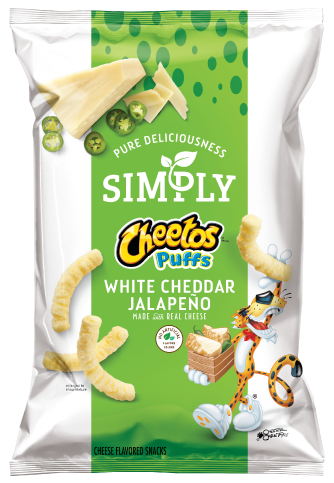 You can see the options in our selection of photos
You can see the options in our selection of photos
Share this information
There is no right or wrong way to hold the baby while
feeding, and mom and baby are sure to find their favorite position.
It is important that both you and your child feel comfortable. 1.2 It's good to learn a few different breastfeeding positions and techniques because life's circumstances often require us to be flexible, especially as your baby gets older and you start to leave the house more often.
Whatever position you choose to breastfeed your baby, remember a few simple rules.
- Prepare everything you need before feeding, including drinks, food, mobile phone, TV remote control, book or magazine. And do not forget to go to the toilet - the feeding process can take a long time!
- Make sure your baby is comfortable. Whichever position you choose, it's important to keep your baby strong, level, and provide good support for their head, neck, and spine.
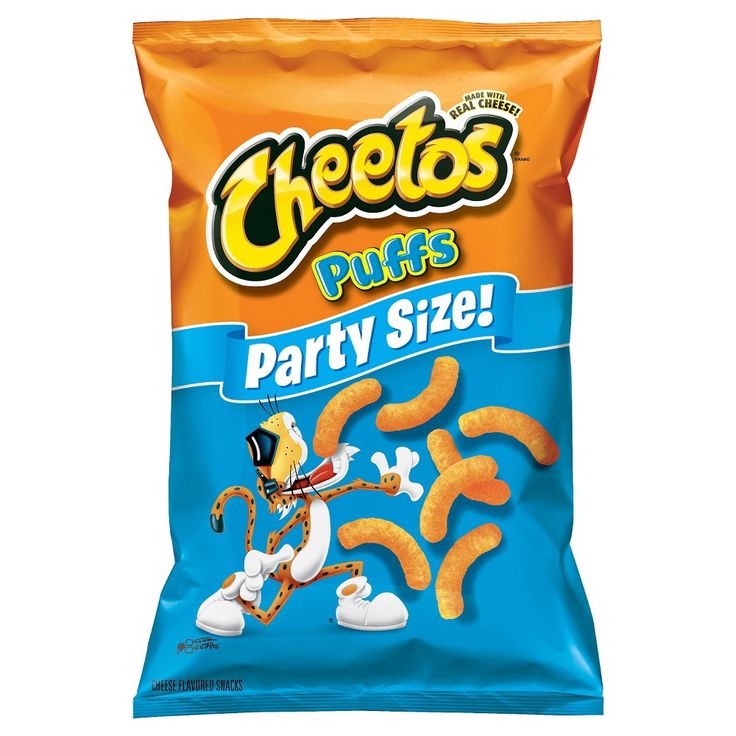
- You should also be comfortable. Don't stress. If necessary, use pillows of different sizes or rolls of towels to support your back or arms.
- Make sure your baby is latching on correctly. Proper grip is the key to comfort when breastfeeding.
- If your baby does not latch well or you experience pain while feeding, contact a lactation consultant for help. The specialist will also be able to show you how to hold your baby more comfortably.
1. Relaxed feeding or reclining position
The relaxed feeding position, also known as biological feeding, 1 is often the first position for most mothers. If, immediately after birth, the baby is placed on the mother’s chest or stomach, normally, he instinctively reaches for the breast and tries to grab the nipple. This phenomenon is known as the breast seeking reflex. Skin-to-skin contact stimulates the infant's feeding instinct, and gravity helps him to latch onto the breast and maintain balance.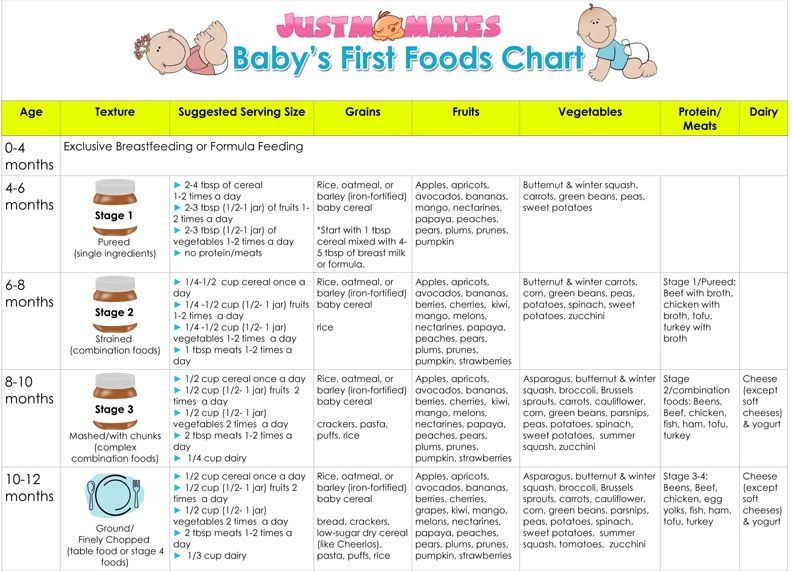
But not only newborns can be fed in the reclining position - this position is great for babies of any age. It can be especially helpful if your baby does not latch well in other positions or does not like to be touched during feeding, and also if you have too much milk flow or too large breasts. Isabelle, a mother from the UK, shares her experience: “I had large breasts, and the baby was born small - 2.7 kg, so it was not easy to find a comfortable position at first. After a few weeks, it became clear that there was no “correct” posture for me. As a result, I most often fed lying down, putting the baby on my chest. ”
It is more convenient to feed not lying flat on your back, but half-sitting, leaning on pillows. So you will have a back support and you will be able to watch the baby during feeding.
2. Cradle position
This is the classic
first thought of breastfeeding. Mom sits
straight, and the baby lies on her side on her arm, pressing her stomach against her stomach. 3 Although this is a very popular position, it is not always easy to master with newborns because it gives the baby less support. Try putting a pillow under your back, and put a special breastfeeding pillow on your knees and lean on it with your hands. So you can more reliably support the child, without overstraining your back and shoulders. Just make sure that the baby does not lie too high on the pillow for feeding. The breast should remain at a natural level so that the baby can grab it without effort, otherwise sore nipples cannot be avoided.
3 Although this is a very popular position, it is not always easy to master with newborns because it gives the baby less support. Try putting a pillow under your back, and put a special breastfeeding pillow on your knees and lean on it with your hands. So you can more reliably support the child, without overstraining your back and shoulders. Just make sure that the baby does not lie too high on the pillow for feeding. The breast should remain at a natural level so that the baby can grab it without effort, otherwise sore nipples cannot be avoided.
“I breastfed in the cradle position because it suited me perfectly! It was comfortable and I loved just sitting and looking at my little one,” recalls Rachel, a mother of two from Italy.
3. Cross Cradle
This breastfeeding position looks almost the same as Cradle, but the baby is on the other arm. 3 This gives baby support around the neck and shoulders so he can tilt his head to latch on. This position is great for breastfeeding newborns and small babies, as well as for babies who do not latch well.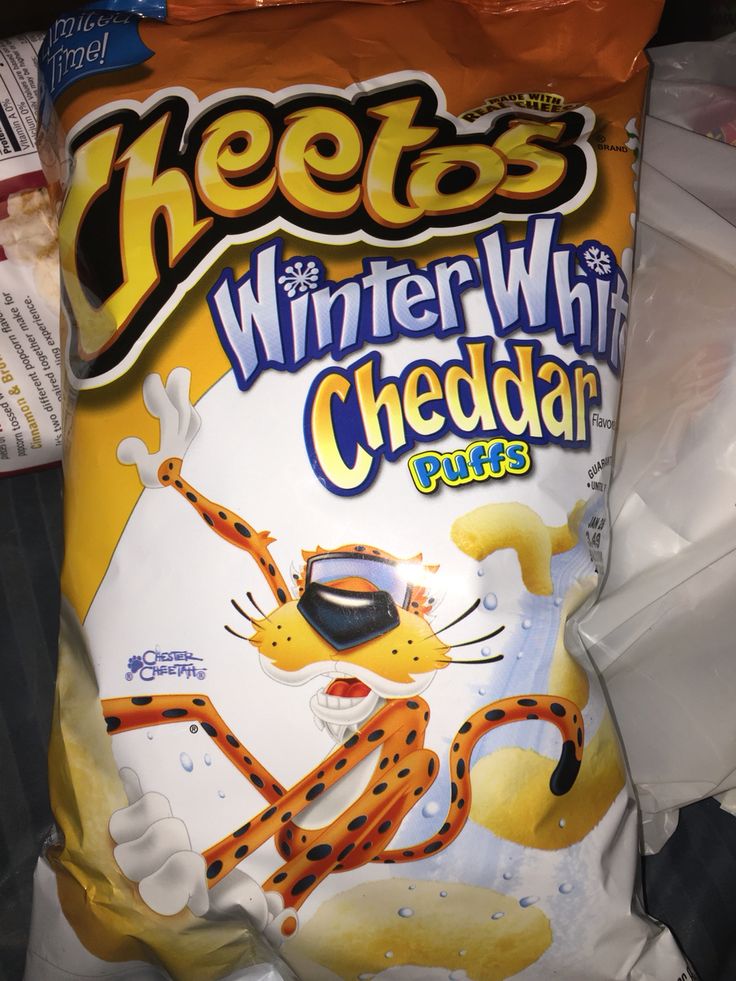 Since the baby lies completely on the other hand, it becomes easier to control his position and you can adjust the chest with your free hand.
Since the baby lies completely on the other hand, it becomes easier to control his position and you can adjust the chest with your free hand.
Julie, a mother of two from the UK, finds this position very practical: “I usually breastfeed my youngest in the cross cradle position. So I have a free second hand, and I can take care of an older baby at the same time. ”
Do not hold the baby's head at first, otherwise you may inadvertently press his chin against his chest. Because of this, the child will not be able to take the breast deeply, because the nipple will rest against the base of the tongue, and not against the palate, which will lead to inflammation of the nipples. As the child grows, this position becomes more comfortable, and he can rest his head on your palm (as shown in the photo above).
4. Underarm breastfeeding
In this position, also known as the "ball grip", the mother sits and the baby lies along her arm at the side, legs towards the back of the chair (or any other seat).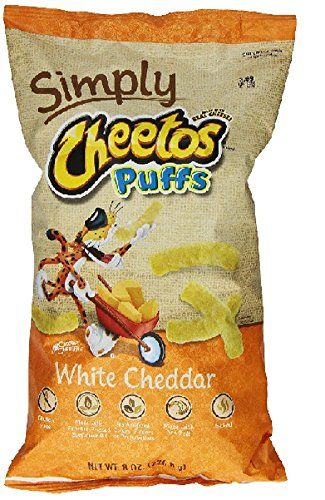 3 This is another comfortable position for newborn breastfeeding, in which you can give your baby good support, have full control of his position and have a good view of his face. And the baby feels safe in close contact with the mother's body. This position is especially good for those who have had a caesarean section or a premature birth, as well as mothers of twins and women with large breasts.
3 This is another comfortable position for newborn breastfeeding, in which you can give your baby good support, have full control of his position and have a good view of his face. And the baby feels safe in close contact with the mother's body. This position is especially good for those who have had a caesarean section or a premature birth, as well as mothers of twins and women with large breasts.
“When I breastfed my first daughter, I had very large K-sized breasts—twice the size of her head,” recalls Amy, an Australian mother of two. - I put rolls of towels under each breast, because they were very heavy, and fed my daughter in a pose from under the arm, but only sitting straighter so as not to crush her. This position was also convenient because I had a caesarean section and could not put the baby on my stomach.”
5. Side-lying position
The side-lying position is ideal for relaxed
feeding at night in bed or on the couch. If you had a
caesarean section or ruptures during childbirth, this position may be more comfortable than sitting down.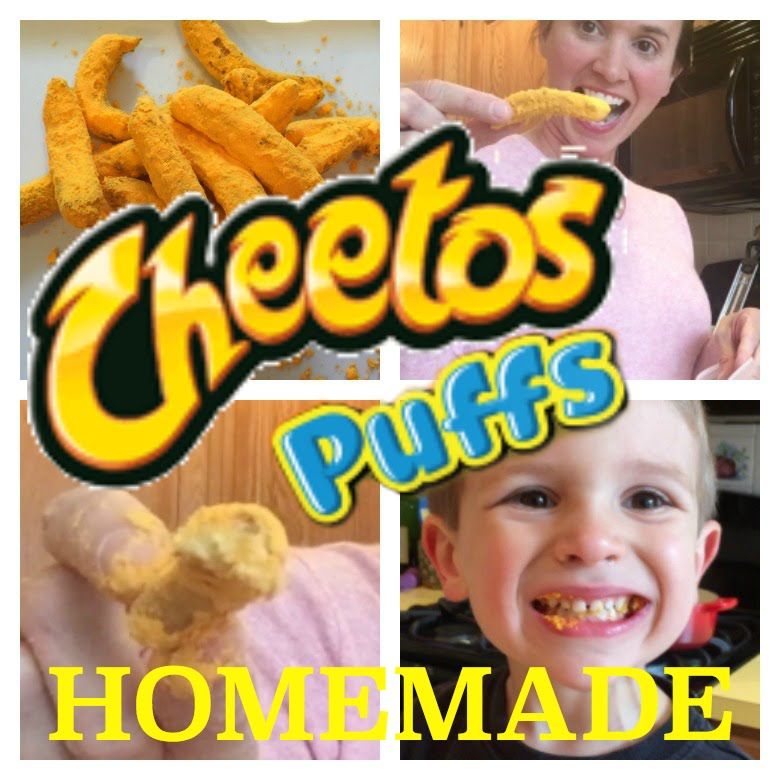 3 In this position, mother and baby lie side by side, tummy to tummy.
3 In this position, mother and baby lie side by side, tummy to tummy.
“It was difficult for me to sit during endless night feedings, firstly because of the caesarean section, and secondly because of lack of sleep,” recalls Francesca, a mother from the UK. “And then I discovered that you can feed your baby lying on your side and rest at the same time.”
“Because of the short tongue frenulum, Maisie could only properly latch on to her breasts while lying on her side. The lactation consultant showed me how it's done. In this position, the flow of milk was optimal for my daughter, and it was easier for her to keep the nipple in her mouth. As she got older, she became much better at grabbing her breasts in normal positions,” says Sarah, mother of two from Australia.
6. Relaxed breastfeeding after caesarean section
If you can't find a comfortable position for breastfeeding after caesarean section, 3 try to hold the baby on the shoulder while reclining - this does not put pressure on the postoperative suture and allows you to comfortably breastfeed the baby. You can also try side feeding.
You can also try side feeding.
7. Upright breastfeeding or “koala pose”
When breastfeeding in an upright position or “koala pose”, the baby sits with a straight back and head up on the mother's hip. 4 This position can be tried even with a newborn if it is well supported, but it is especially convenient for feeding a grown child who can already sit up by himself. The upright sitting position, or “koala pose,” is great for toddlers who suffer from reflux or ear infections and feel better sitting. In addition, this pose may be suitable for children with a shortened frenulum of the tongue or reduced muscle tone.
“When my daughter got a little older, I often fed her in an upright position, which was more comfortable for both of us, and I could still hold her close to me,” recalls Peggy, a mother from Switzerland. “Besides, it was possible to discreetly breastfeed her in public places.”
8. Overhanging position
In this position, the baby lies on his back, and the mother bends over him
on all fours so that the nipple falls directly into his mouth. 4 Some mothers have said that this breastfeeding position is good to use from time to time for mastitis, when touching the breast is especially unpleasant. Some say that this breastfeeding position helps with blockage of the milk ducts, although there is no scientific evidence for this yet. You can also feed in the “overhanging” position while sitting, kneeling over the baby on a bed or sofa, as well as reclining on your stomach with support on your elbows. Pillows of various sizes that you can lean on will help you avoid back and shoulder strain.
4 Some mothers have said that this breastfeeding position is good to use from time to time for mastitis, when touching the breast is especially unpleasant. Some say that this breastfeeding position helps with blockage of the milk ducts, although there is no scientific evidence for this yet. You can also feed in the “overhanging” position while sitting, kneeling over the baby on a bed or sofa, as well as reclining on your stomach with support on your elbows. Pillows of various sizes that you can lean on will help you avoid back and shoulder strain.
“I have breastfed several times in the 'overhang' position for clogged milk ducts when no other means of dissolving the blockage worked. And this pose seems to have helped. I think it's because of gravity, and also because the breasts were at a completely different angle than with normal feeding, and my daughter sucked her differently, ”says Ellie, a mother of two from the UK.
Feeding in the "overhanging" position is hardly worth practicing regularly, but in some cases this position may be useful.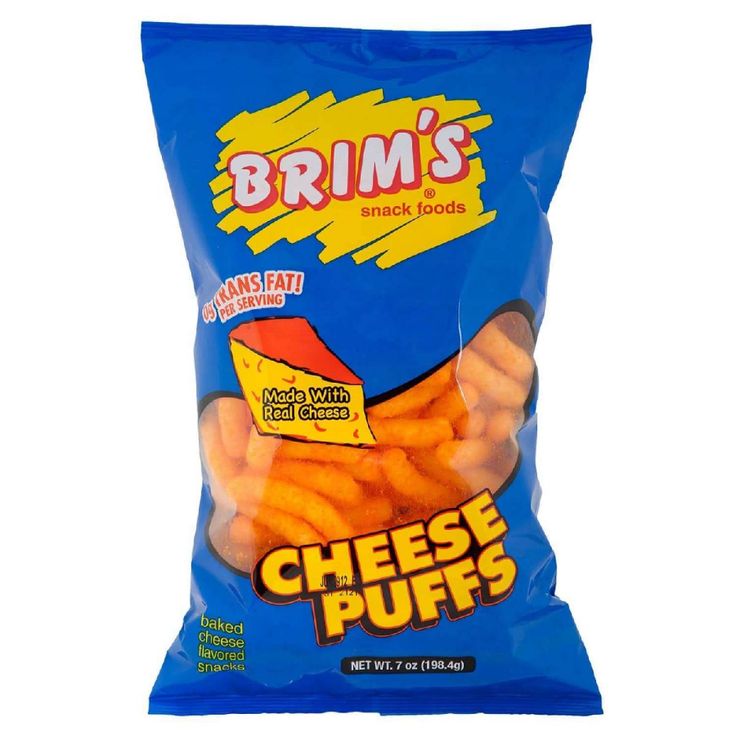
“I used to breastfeed in the overhang position when my baby was having trouble latch-on,” says Lorna, mother of two in the UK. - This, of course, is not the most convenient way, but then I was ready for anything, if only he could capture the chest. We succeeded and have been breastfeeding for eight months now!”
9. Breastfeeding in a sling or "on the fly"
Breastfeeding in a sling takes some practice, but it can be used to go out, look after older children or even do a little household chores.
The sling is also useful if the baby does not like to lie down or is often attached to the breast. Lindsey, a mother of two in the US, notes: “I used the carrier frequently for both of my children. When we were out, I tied the sarong around my neck and covered the carrier with it. Under such a cape, the baby can eat as much as he wants until he falls asleep.
This breastfeeding position is best when the baby is already good at breastfeeding and can hold its head up by itself. Any slings are suitable for breastfeeding, including elastic and rings, as well as carrying bags. Whatever option you choose, the main thing is that you can always see the face of the child, and his chin does not rest against his chest.
Any slings are suitable for breastfeeding, including elastic and rings, as well as carrying bags. Whatever option you choose, the main thing is that you can always see the face of the child, and his chin does not rest against his chest.
10. Double hand-held breastfeeding
Double hand-held breastfeeding (or “double-ball gripping”) is great for mothers of twins—you can breastfeed both at the same time while keeping your arms relatively free. 4 When feeding in this position, it is advisable to use a special pillow for breastfeeding twins, especially at first. It will provide extra support and help keep both babies in the correct position, as well as reduce the burden on the abdomen if you had a caesarean section. In addition, the hands are freer, and if necessary, you can deal with one child without interfering with the second.
“My twins were born very tiny and had to be fed every two hours at any time of the day or night. Very soon it became clear: if I want to do anything besides feeding, I need to feed them both at the same time, - says Emma, mother of two children from the UK. “I breastfed them two by hand using a breastfeeding pillow.”
“I breastfed them two by hand using a breastfeeding pillow.”
Other good positions for breastfeeding twins are two criss-cross cradles, one baby in the cradle and the other close at hand, reclining feeding, or sitting upright (one baby on one side, the other on the other).
11. Breastfeeding in the "hand-supported" or "dancer's hand" position
muscle tone (which is typical for premature babies, children suffering from various diseases or Down syndrome), try supporting his head and your chest at the same time. 4 Grab your chest with your palm underneath so that your thumb is on one side and all the other fingers are on the other. Move your hand slightly forward so that your thumb and forefinger form a "U" just in front of your chest. With the other three fingers, continue to support the chest. With your thumb and forefinger, hold the baby's head while feeding so that his chin rests on the part of the palm between them, your thumb gently holds the baby on one cheek, and your index finger on the other. So the baby gets excellent support, and you can control his position and see if he is holding his breast.
So the baby gets excellent support, and you can control his position and see if he is holding his breast.
Literature
1 Colson SD et al. Optimal positions for the release of primitive neonatal reflexes stimulating breastfeeding. Early Hum Dev . 2008;84(7):441-449. - Colson S.D. et al., "Optimal Positions for Provoking Primitive Innate Reflexes to Induce Breastfeeding." Early Hume Dev. 2008;84(7):441-449.
2 UNICEF UK BFHI [ Internet ]. Off to the best start ; 2015 [ cited 2018 Feb ]. - UNICEF UK, Baby-Friendly Hospital Initiative, Start the Best You Can [Internet]. 2015 [cited February 2018].
3 Cadwell K. Latching - On and Suckling of the Healthy Term Neonate: Breastfeeding Assessment.